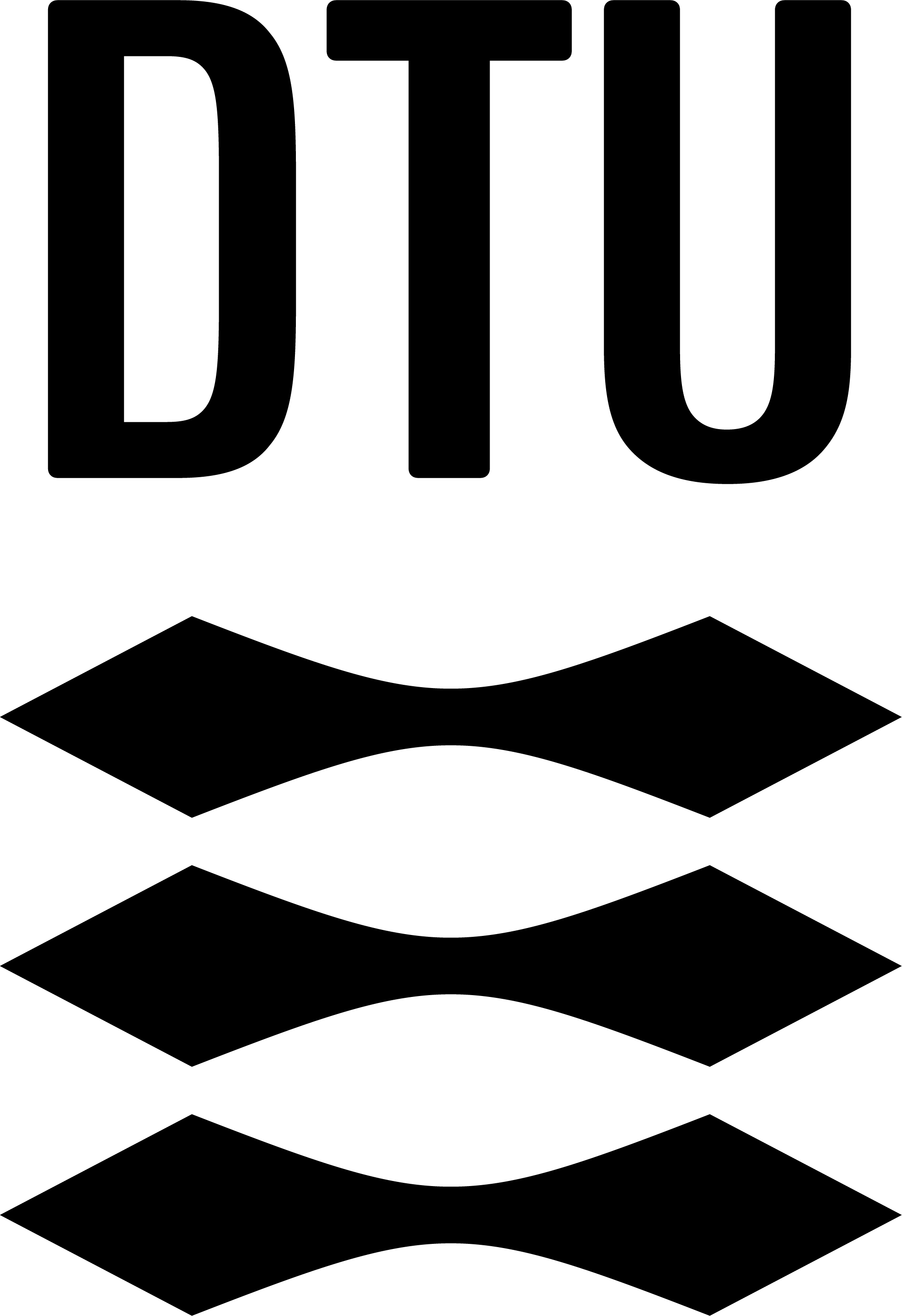Your favourite thing Add/remove
Purpose:
The purpose of ‘Your favorite thing’ is to observe how the user interacts with an artifact, and to ask them to point out different elements that you would find useful to get insights regarding. Those can either be the ones that are specified in the template:
- Your favorite thing
- The thing that is most convenient
- Thing that makes you most proud
- The thing that is missing
- The thing you would most like to change
- Or you can create your own prompts using the blank templates.
By using the prompts as boundary objects you can increase your chance of gathering insights that the user might not otherwise think of if asked directly.
Tips to include participants who are not able to:
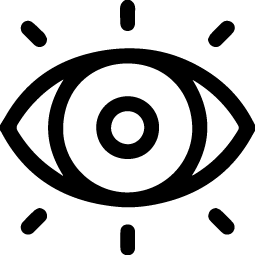
See
If the user is unable to see, the exercise can be performed in oral manner. The prompt should be read out loud, and the user should describe where to place the prompt.
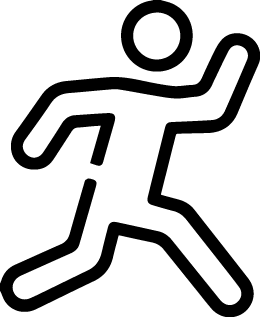
Move
If the user is unable to move, the prompt should be read out loud, and the user should describe where to place the prompt.
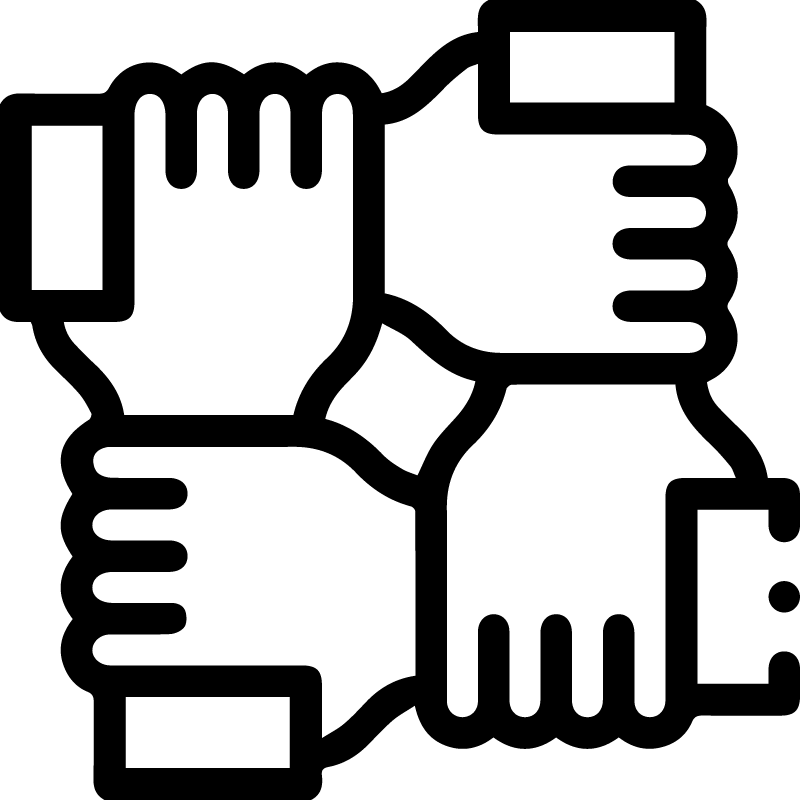
Hold
If the user is unable to hold, the prompt should be read out loud, and the user should describe where to place the prompt.
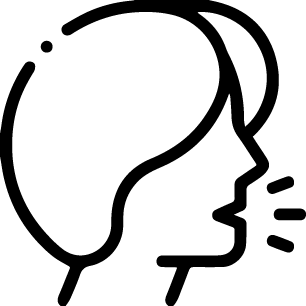
Speak
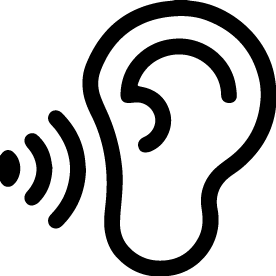
Hear

Focus

Think

Touch
If the user is unable to touch, the prompt should be read out loud, and the user should describe where to place the prompt.
Overview
Input
An artifact
Output
Insights, pictures
Complexity
Moderate
Time
10-30 min
Participants
1-2
Activity
Core abilities: The user needs to be able to communicate their thoughts
Step by step:
You hand the user the prompt cards you have chosen as being the most appropriate, and in line with the insights your would like to collect.
Ask the user to place the first prompt near the corresponding element of your artifact and take a picture.
Ask the user to explain why they chose to place the prompt there. Make sure to ask open ended questions to heighten the chance of deep insights.
When doing this method you should consider:
Depending on what your desired output is, consider how in depth the follow up questions you ask should be. Would you rather focus on a few prompts and have longer in depth discussions for each? Or would you benefit more from having a larger number of prompts and thereby gathering a broader number of insights, but not as in depth?
Materials needed:
Prompts, camera

